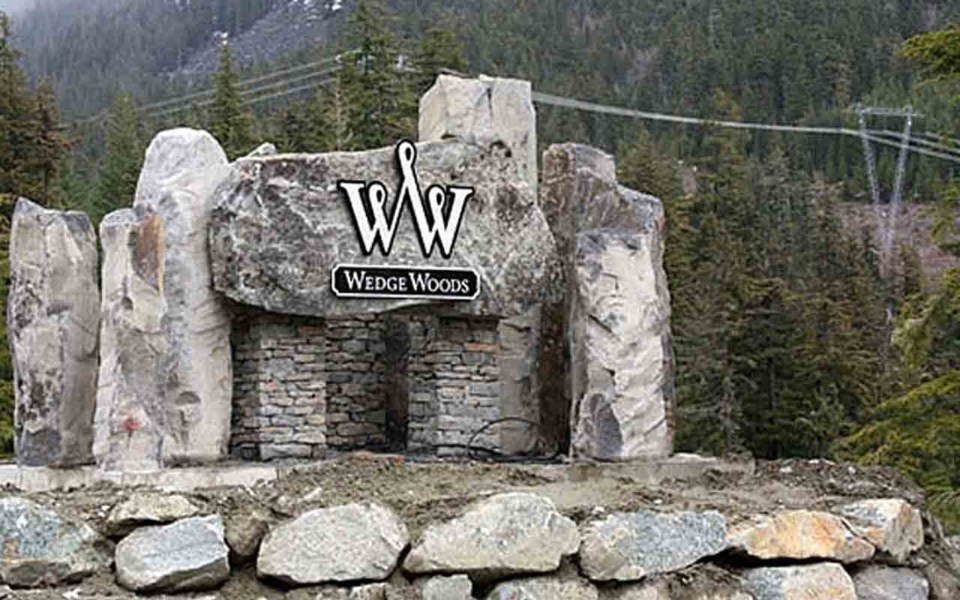While Whistler works to tackle its own housing issues, the Squamish-Lillooet Regional District (SLRD) is in talks over potential development opportunities just north of the resort.
At its January meeting, the SLRD board authorized its staff to carry on discussions with the developers of WedgeWoods Estates concerning a surplus piece of land of about 12 hectares in size.
"There is no rezoning application in front of us, and at this point it is simply investigating whether this is an opportunity the SLRD wants to pursue," said SLRD chair Jack Crompton.
"WedgeWoods is not an ideal place for high-density housing, as it's a long way from schools, shopping and transit. That said, our housing challenges are significant and growing, so we'll be remiss if we don't investigate the opportunity."
At this point, there are no details about what types of housing could potentially be built, but any development would require a zoning and Official Community Plan amendment process.
Currently the developers of the area, which is a 108-lot, phased single-family subdivision, do not have any intentions of requesting changes to the zoning or uses already in place, said developer David Earhardt — the lands in question are nearby, but not contained within the current subdivision.
"To... date, no detailed discussions have been held with staff. However, in the months to come it is reasonable that there will be talks held, which will take into consideration the needs of the SLRD community at large, the WedgeWoods subdivision homeowners and (developer 28165 Yukon Inc.)," Earhardt said in an email.
"It should be noted that the Waldorf School also has already made significant progress with the SLRD for development of lands just north and adjoining the WedgeWoods subdivision."
SLRD ADOPTS NEW WILDLIFE ATTRACTANT BYLAW
At its Feb. 28 meeting, the SLRD adopted a new bylaw regulating wildlife attractants in Electoral Areas B, C and D.
Electoral Area A will likely be looped in once a nuisance service establishment bylaw is passed for the area.
"Our goal is to align our wildlife attractant bylaw with the corridor municipalities so we can collaboratively protect the animals that live in our region," Crompton said.
"Our tourism industry is vitally connected to our natural areas, and so it's critical that we be leaders in protecting those natural areas."
The bylaw prohibits the feeding of wildlife, and requires all property owners or occupiers to ensure that attractants are properly managed.
Fines for offenders are in line with the British Columbia Wildlife Act, with a first offence netting a $230 fine and the second a $575 fine.
The bylaw still needs approval from the Inspector of Municipalities before it will be in effect, which could take four to 11 weeks from the date of submission.
SLRD REQUESTS 50% of CANNABIS TAX REVENUE
While firm details about how cannabis tax revenues will be distributed in B.C. have yet to be revealed, many local governments are hoping for a significant slice of the pie.
The SLRD joined with other municipalities in requesting 50 per cent of provincial tax revenues generated from recreational cannabis, which is expected to be legalized this summer.
The provincial government expects to pull in $200 million in revenue from cannabis sales taxes by March 2021.
The tax revenues to municipalities would largely go towards "managing the impacts," Crompton said.
"Often decisions made at a provincial level end up with on-the-ground health, safety and mental health challenges that are often picked up as part of municipal and regional district budgets," he said.




